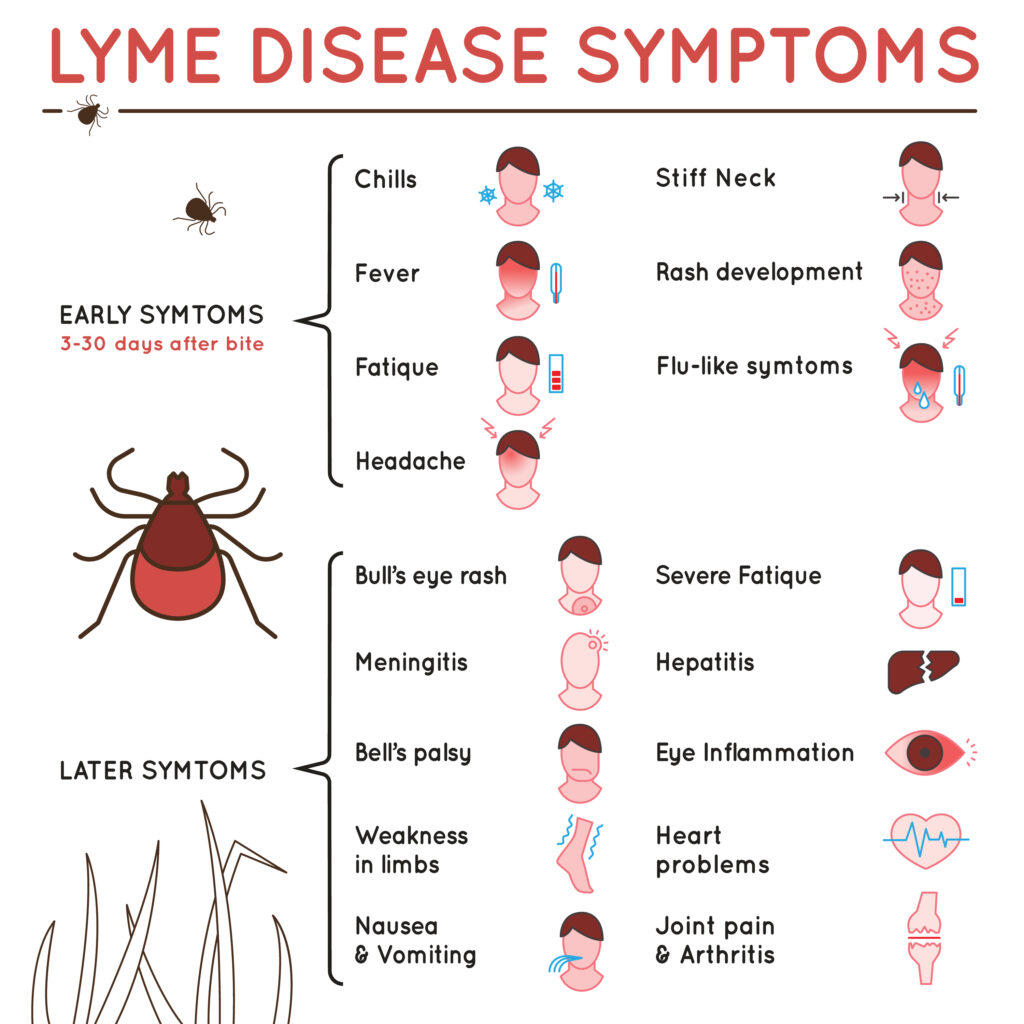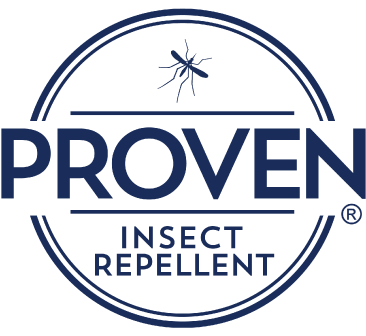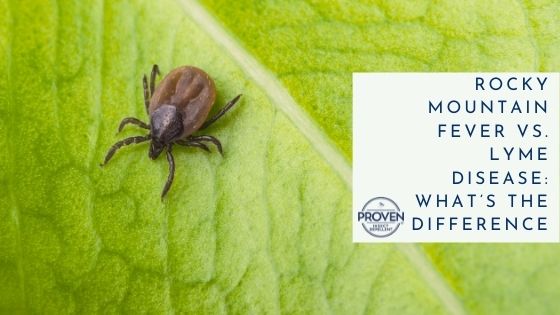Ticks feed on the blood of warm-blooded animals, such as mammals and birds. Depending on the species, the insects can carry several different types of bacteria in their stomachs, and the bacteria is transmitted to the host during the feeding process. There are over 900 species of ticks found throughout the world. While each type of bacteria ticks carry causes a different type of disease, only about a dozen types of ticks are known to transmit diseases to humans.
According to the U.S. Center for Disease Control, ticks can infect humans with over a dozen types of bacterial illnesses, two of the most common being Rocky Mountain spotted fever and Lyme disease. However, it is essential to note that a tick must be attached for at least 24 hours for enough bacteria to be transferred from the tick’s stomach to the host’s bloodstream to cause illness. This is typically after the tick becomes engorged with blood from feeding.
Incidence of both Rocky Mountain spotted fever and Lyme disease are increasing across the United States. Both these illnesses present with similar symptoms, including fever, headache, fatigue, and tick paralysis. The last of these is not caused by the bacteria, but by a neurotoxin in the tick’s saliva. Symptoms of tick paralysis include tingling and numbness all over the body and can sometimes result in severe respiratory distress. Paralysis is more familiar with Rocky Mountain spotted fever than Lyme disease.
As with the transfer of bacteria, it takes 24 hours or longer for the neurotoxin to be transferred. Due to the similarity of the symptoms, laboratory testing is usually required to determine the bacteria and the resulting disease. The best way to prevent both Rocky Mountain spotted fever and Lyme disease is by avoiding being bitten in the first place or checking for ticks after being outdoors and removing the tick immediately. The best way to avoid being bitten is to use a good tick repellent or tick spray and reduce tick habitat whenever possible.

Rocky Mountain Spotted Fever
In the United States, Rocky Mountain spotted fever, commonly abbreviated RMSF, is transmitted by the American dog tick, the brown dog tick, and the Rocky Mountain wood tick. Contrary to the implication of the name, Rocky Mountain spotted fever is not limited to the Rocky Mountain region of the western United States.
Symptoms
The early symptoms are not unique to Rocky Mountain spotted fever, but the disease often progresses rapidly to become a life-threatening illness. Symptoms of RMSF can include:
- Fever
- Headache
- Lack of appetite
- Muscle pain
- Nausea
- Stomach pain
- Vomiting
A rash is also common in those infected with RMSF and will usually develop within four days after a fever begins. The rash can vary throughout the stages of infection and may appear as red blotches or just tiny dots. However, the rash does not frequently appear in the early stages of infection, making RMSF challenging to diagnose.
Diagnoses
Laboratory blood testing for Rocky Mountain spotted fever can help confirm the presence of infection.
Treatment
Because of the potential for serious complications, treatment must begin as early as possible after infection occurs. Treatment is usually a simple matter of taking a course of doxycycline or a similar antibiotic and is most effective at preventing severe complications if started within the first five days of infection.
Long-Term Health Problems
Some people who recover from severe cases of Rocky Mountain spotted fever may have serious complications. These can include:
- Amputation of limbs, fingers, or toes resulting from blood vessel damage
- Hearing loss
- Mental disability
- Paralysis

Lyme Disease
Lyme disease is the single most common vector-borne disease in the U.S. It is transmitted to humans by the black-legged, or “deer,” tick infected with the bacterium Borrelia burgdorferi and Borrelia mayonii. It is also important to note that the black-legged tick can also carry other bacterial illnesses, such as anaplasma and Babesia microti, the latter being a protozoan parasite. This is why you should always use a tick repellent or tick spray when outdoors in the summer.
Symptoms
Early symptoms of Lyme disease often present as flu-like symptoms. These include:
- Chills
- Fatigue
- Fever
- Joint pain
- Muscle aches
- Nausea
- Sweats
Later symptoms, once the disease has progressed, may include the telltale “bullseye” shaped rash or Bell’s palsy, which is a drooping of the face. However, because the only sign that can differentiate Lyme disease from the flu is the rash, which is only present in up to 80 percent of cases, Lyme disease can easily be misdiagnosed. This can become life-threatening, leading to severe complications that include Lyme carditis where the bacteria infects the heart tissue. When the rash does present, it begins at the bite site three to 30 days after infection. The rash can present on any body area and gradually expands, reaching up to 12 inches in diameter. The rash may feel warm to the touch but is not typically itchy or painful.
Diagnoses
While the symptoms are enough for your healthcare provider to provide an initial diagnosis, specific laboratory blood tests for Lyme disease are required to confirm the infection positively.
Treatment
Like RMSF, treatment must begin as soon as possible after infection because of the potential for serious complications. Also, like RMSF, treatment is a course of doxycycline for adults and children over eight years old. Other antibiotics, like amoxicillin or cefuroxime, may be prescribed for adults with allergies to some medications, children under eight, and pregnant or breastfeeding women. The standard oral antibiotic treatment for early-stage Lyme disease is a 14- to 21-day course. However, some studies have suggested 10- to 14-day courses are effective. Intravenous antibiotics may be prescribed if the disease has progressed to the central nervous system.
Long-Term Health Problems
Known as post-treatment Lyme disease syndrome, a small number of people will continue to present with symptoms of muscle aches and fatigue after recovery. The cause is unknown and additional treatment with more antibiotics will not improve the condition.
Conclusion | Use Tick Repellent to Prevent Tick Bites
Because of the potential for serious health complications, if the diseases go untreated, the best course of action for tick protection is to prevent being bitten in the first place. For this you will want to use the best tick repellent you can find whenever you venture out of doors in areas of high tick populations. You can also cut down on the risk of being bitten by a tick by wearing long sleeves and pants when hiking, gardening, or playing outdoor sports, like baseball and football, on grassy surfaces. Additionally, clearing brush around your property can reduce tick populations as these are hot spots for ticks to live and breed.
Many people think they can avoid being bitten by not going into wooded areas, but this is a false belief. While ticks are most frequently found in wooded and brushy areas, people pick up ticks everywhere, including gardens and manicured schoolyards. This is why it is so important to use an effective tick repellent or tick spray. Proven makes a full line of highly effective insect repellents, including one of the best tick repellents for humans without harsh chemicals. Proven sprays and lotions provide 12-14 hours of protection against ticks that may transmit diseases tick-borne illnesses. Above all, be sure to see your healthcare provider without delay if you become ill after having been bitten or suspect a tick may have bitten you after being outside in an area where ticks commonly live.


Recent Comments